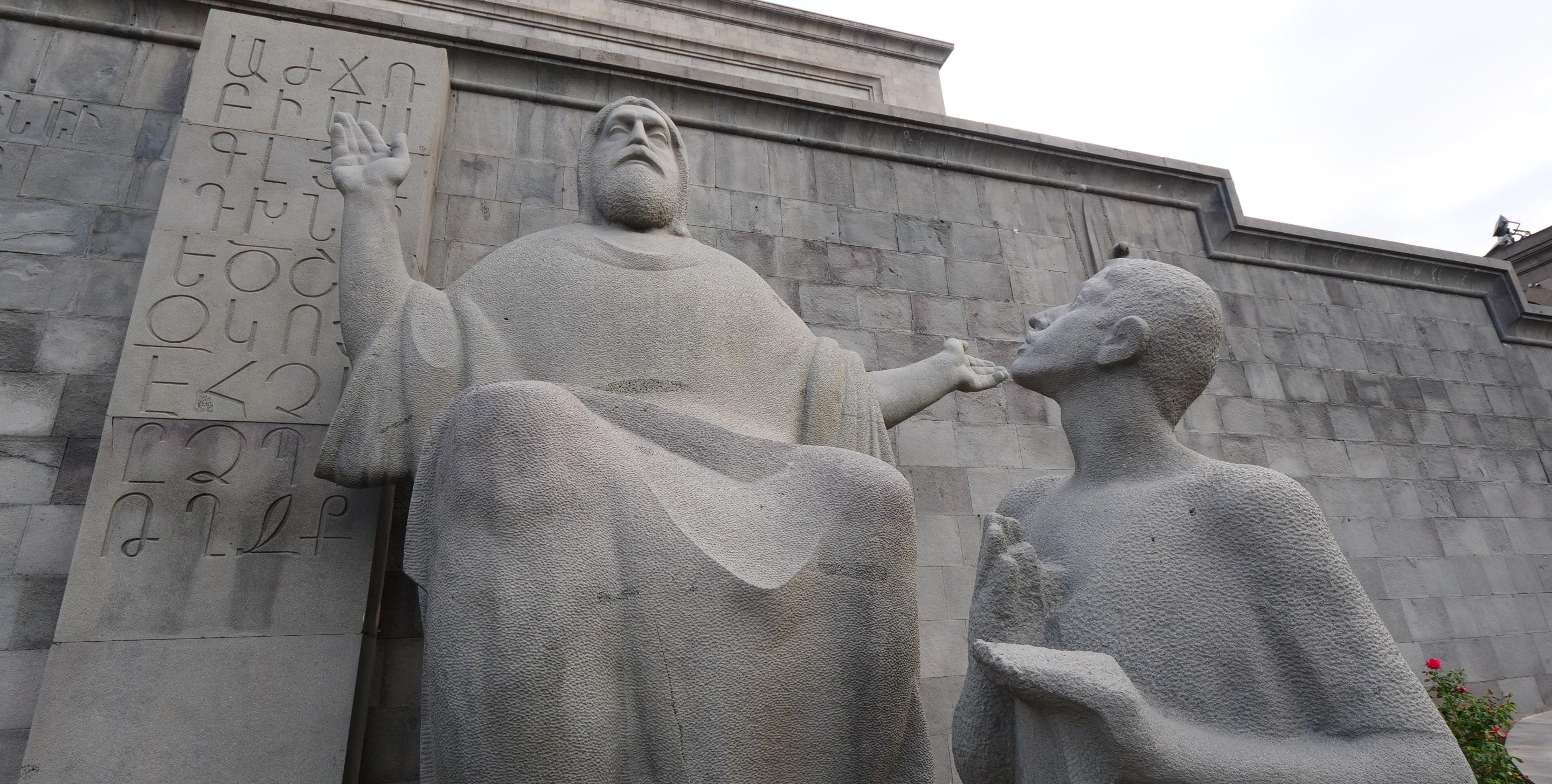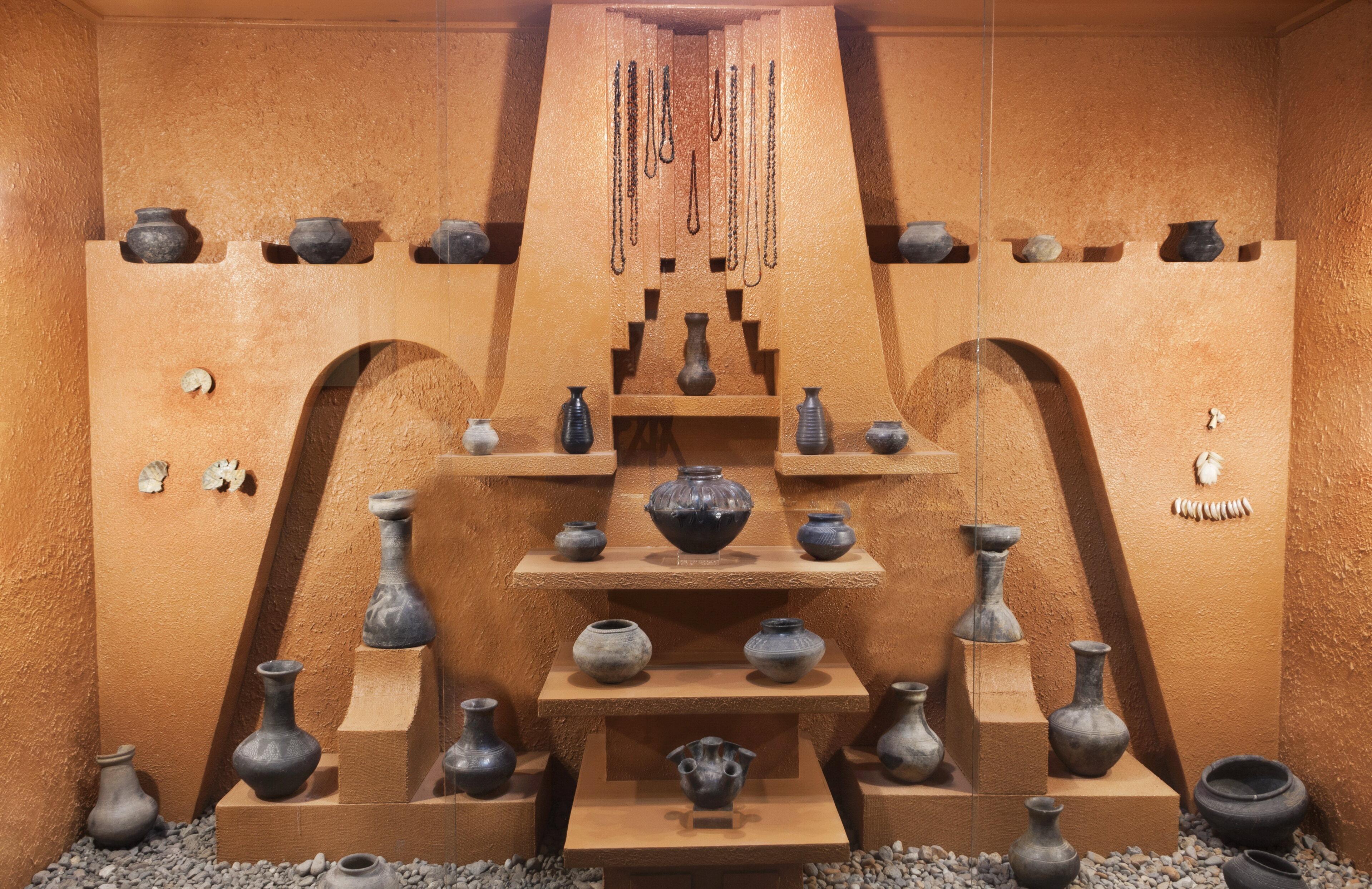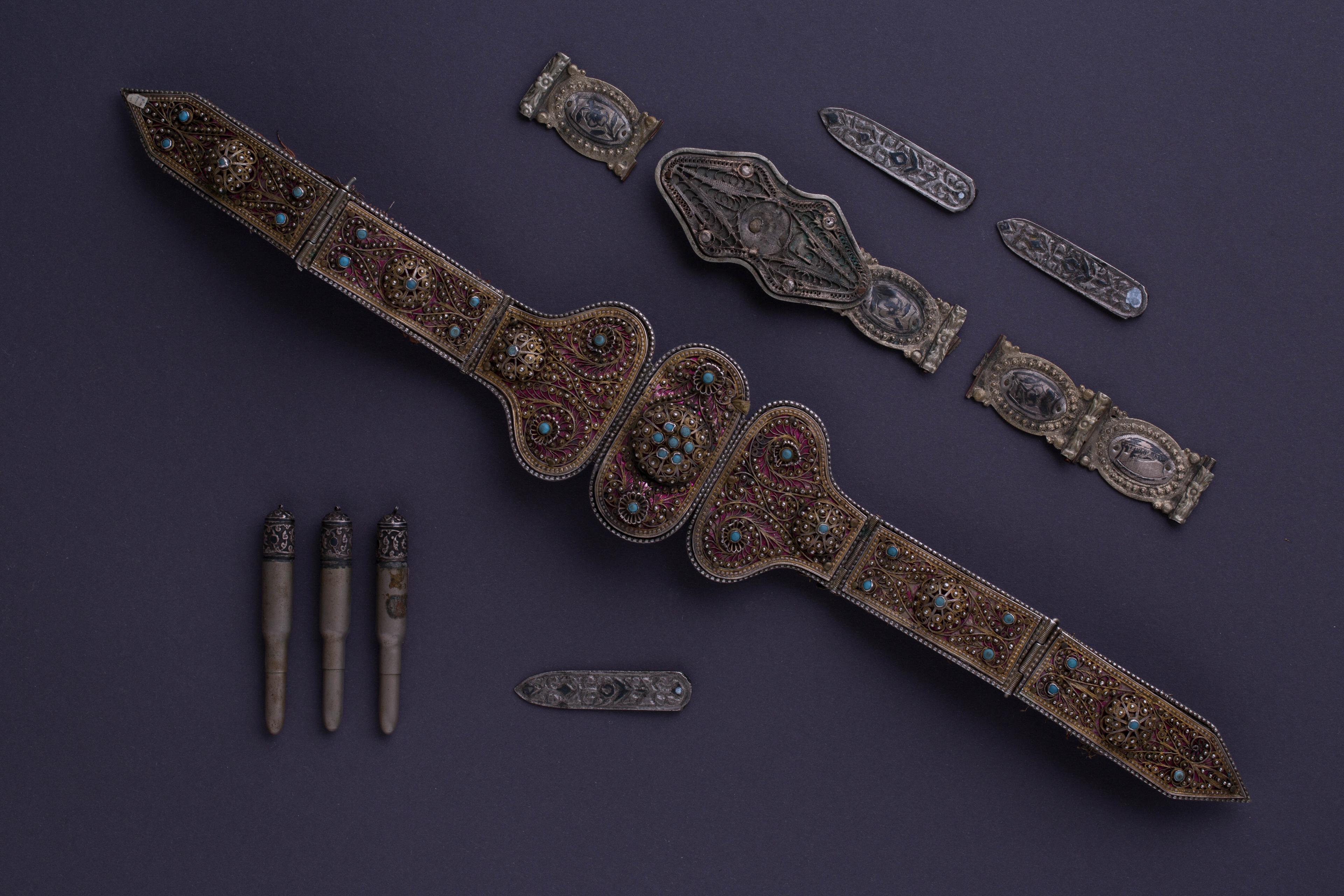
The National Gallery of Armenia is the largest art museum in Armenia and was founded in 1921. The museum has one of the most prominent locations in the Armenian capital, Yerevan’s Republic Square, and houses significant collections of Russian and Western European art, and the world's largest collection of Armenian art.
The prominent Armenian artist, Martiros Sarian, was the first Director of the museum. The first works to enter the museum’s collection were dozens of works from the renowned collection of The Armenian Cultural Center (the former Lazarian Seminary, Moscow) in August 1921. By 1925, 400 pieces by Armenian, Russian and European artists were on display throughout the six halls of the museum. This emphasized the collecting practices of the museum - to accumulate works of international fine arts and decorative applied art.
The museum currently houses around 26,000 works of art, many of which are permanently displayed in the museum's 56 galleries and halls.
Armenian art makes up the largest part of the collection. Presentation of classic Armenian art begins with ancient and Medieval art: Urartu frescoes and copies of Garni Temple's mosaics and Medieval wall-paintings and miniatures. The museum also has an extensive collection of Armenian Apostolic Church-related paintings and artefacts ranging from the 17th-19th centuries, ancient manuscripts, and crosses.
The largest part of the Armenian collection is dedicated to the work of classical Armenian painters such as Vardges Sureniants, Stepan Aghajanian, Yeghishe Tadevosyan, Panos Terlemezian, Gevorg Bashinjaghian, Martiros Saryan, Hakob Kojoyan, Arshak Fetvadjian and others. The museum also proudly owns 62 canvases of Ivan Aivazovsky, a prominent painter of Armenian background, who was known for his marine art and Armenian motifs.
Generally, every museum has a unique history of its foundation. As for the State Museum, donations have played a significant role in the history of the gallery. Having a narrow escape from the Genocide, Armenian people had to leave the land of their ancestors to find shelter in the Near East, Europe and the USA. They took these countries as their second homeland, formed national communities and were engaged in the political, economic, social and cultural life of their new environments. Nevertheless, they longed for their homeland and remained connected with its problems and achievements. Therefore, it was important for Armenian artists to unite under one roof, engaging in the cultural life of reviving Armenia through the foundation of the National Gallery of Armenia.



